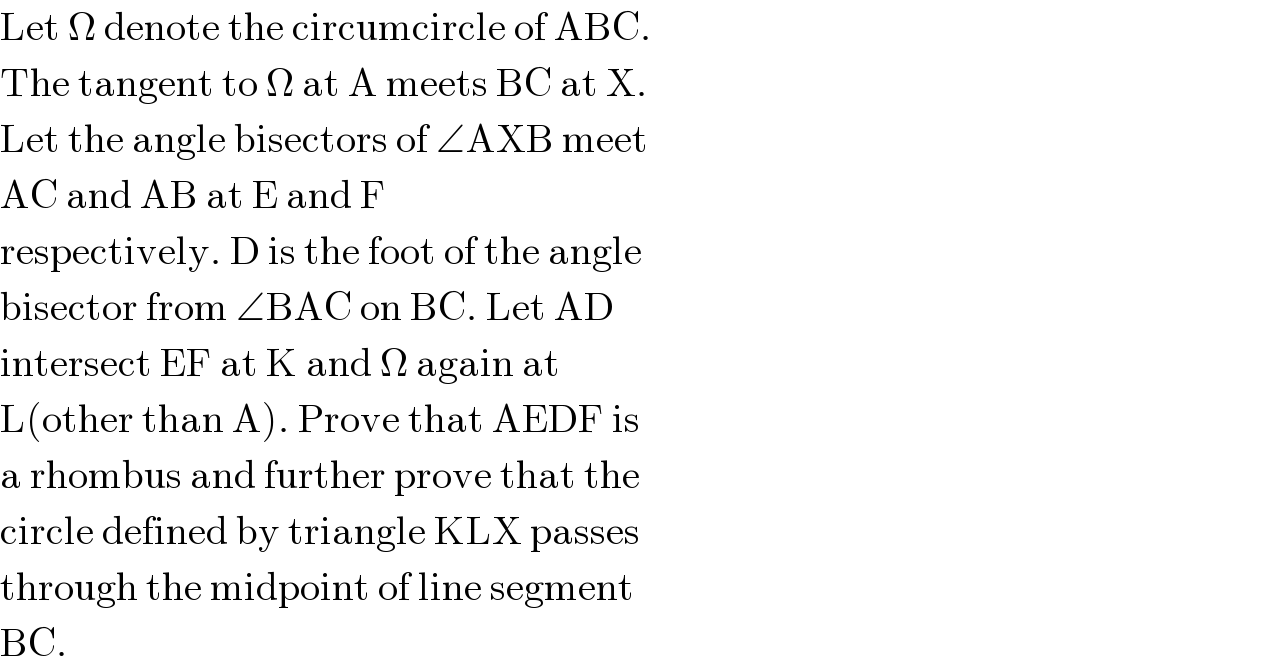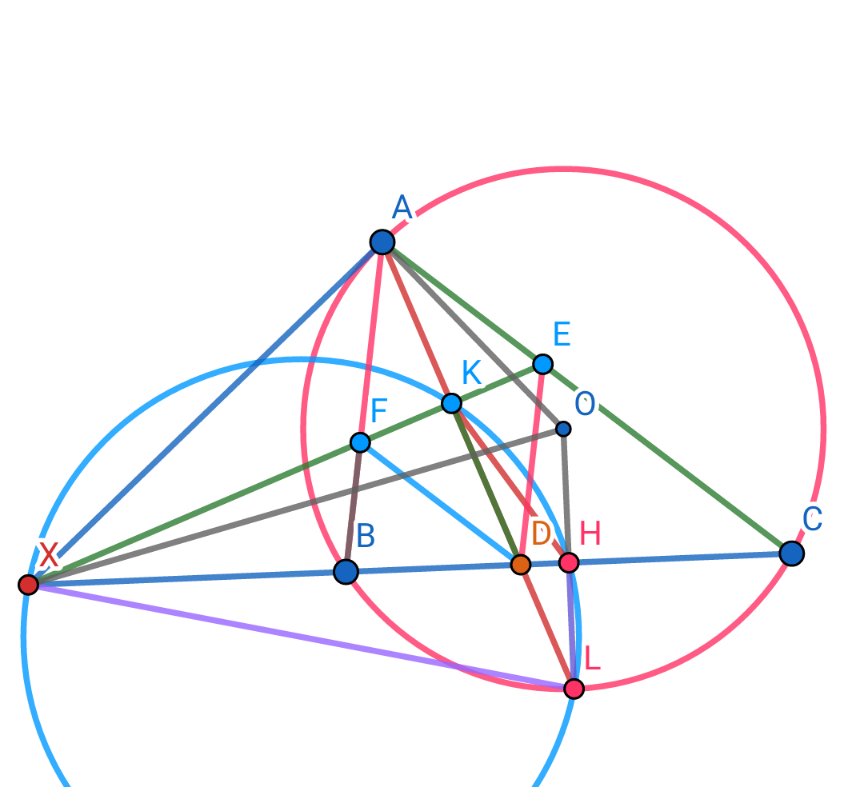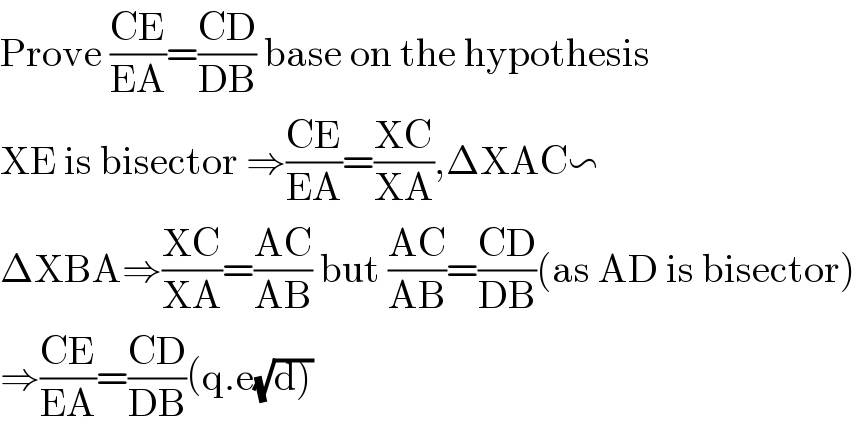
Question and Answers Forum
Question Number 112266 by Aina Samuel Temidayo last updated on 07/Sep/20

Answered by 1549442205PVT last updated on 07/Sep/20

Commented by 1549442205PVT last updated on 07/Sep/20

Commented by Aina Samuel Temidayo last updated on 07/Sep/20

Commented by Aina Samuel Temidayo last updated on 07/Sep/20

Commented by Aina Samuel Temidayo last updated on 07/Sep/20

Commented by Aina Samuel Temidayo last updated on 07/Sep/20

Commented by Aina Samuel Temidayo last updated on 07/Sep/20

Commented by Aina Samuel Temidayo last updated on 07/Sep/20

Commented by 1549442205PVT last updated on 07/Sep/20

Commented by 1549442205PVT last updated on 07/Sep/20

Commented by Aina Samuel Temidayo last updated on 07/Sep/20

